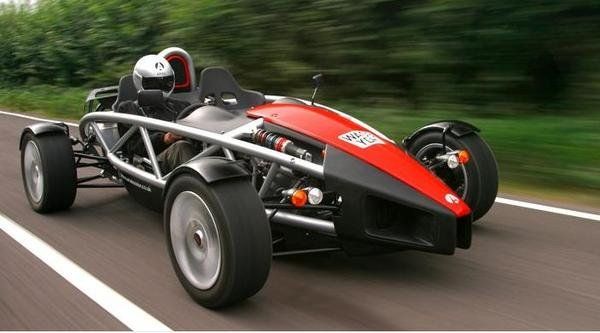Quer dizer que o mundo automóvel se vai tornar ainda mais aborrecido.
Qual a razão de outros construtures não terem já feito o mesmo, tal como PSA, Renault, Fiat?
Lembro-me do projecto Tipo 4 (salvo erro) que deu origem ao Saab 9000, Alfa 164, Fiat Croma e Lancia Thema, posteriormente ou mais ou menos na mesma altura a Fiat criou uma plataforma comum para o Fiat Tipo, Alfa 155 e Lancia Dedra, mas agora a VW parece que descobriu o ovo de Colombo.
Qual a razão de outros construtures não terem já feito o mesmo, tal como PSA, Renault, Fiat?
Lembro-me do projecto Tipo 4 (salvo erro) que deu origem ao Saab 9000, Alfa 164, Fiat Croma e Lancia Thema, posteriormente ou mais ou menos na mesma altura a Fiat criou uma plataforma comum para o Fiat Tipo, Alfa 155 e Lancia Dedra, mas agora a VW parece que descobriu o ovo de Colombo.







Comentário